Memorial Tablet is a collection of readings by the writer and poet Siegfried Sassoon (1886-1967), available on CD and digital download.
Recorded in the 1950s, Sassoon reads three extracts from his autobiographical prose works Memoirs of an Infantry Officer and The Weald of Youth, covering the outbreak of war in 1914 and his experience of the Battle of the Somme two years later. He also recites ten of his best known war poems, including The Dug-Out, At Carnoy, Attack, Died of Wounds, 12 Months After, The Troops, Memorial Tablet, On Passing the New Menin Gate and To One Who Was With Me in the War.
The 57 minute CD also includes readings of eight postwar civilian poems by Sassoon, as well as commentary on his life and work by three other celebrated Great War writers: Edmund Blunden, Edgell Rickword and Henry Williamson. The spoken word material is punctuated by the very first recording of Edward Elgar's celebrated Violin Concerto, made in December 1916 with Marie Hall on violin. The piece was a favourite of Sassoon during the Great War period, and this acoustic recording conveys to the modern listener how classical music was performed (and heard on disc) at the time.
Memorial Tablet is a must for anyone with an interest in Great War poetry and prose, and is also ideal for library, museum, educational and tour use. The cover image is Harvest of Battle (1919), by C.R.W. Nevinson (courtesy IWM, London). To order CD please select correct shipping option and click on Add To Cart button.
Reviews: "Both poems and prose come across powerfully. The excellent accompanying booklet gives a brief life of Sassoon, and puts into context his ambivalent feelings about the war" (BBC History Magazine); "A valuable historical document" (Stand To!); "The first ever audio collection of readings by the celebrated writer and poet" (Best of British); "For Elgarians, as well as devotees of Sassoon, this is a precious document - a must buy!" (Elgar Society Journal); "Highly recommended for those who are interested in WW1 and, in particular, Sassoon. It is fascinating to hear him read his own poems" (Amazon); "A wonderful CD" (Amazon)
1. Edward Elgar: Violin Concerto (andante)
2. July 31st 1914 (extract from The Weald of Youth)
3. The Dug-Out
4. At Carnoy
5. Attack
6. Died of Wounds
7. 12 Months After
8. Prelude: The Troops
9. Elgar: Violin Concerto (cadenza)
10. July 1916: The Somme (extract from Memoirs of an Infantry Officer)
11. Memorial Tablet
12. On Passing the New Menin Gate
13. To One Who Was With Me in the War
14. Elected Silence
15. 1919: After the War Mood (extract from Siegfried's Journey)
16. Edmund Blunden On Sassoon
17. Edgell Rickword On Sassoon
18. Henry Williamson On Sassoon
19. Elgar: Violin Concerto (allegro)
20. April 1905: Early Life (from The Weald of Youth)
21. The Merciful Knight
22. Vigils (Pt. 9)
23. Two Old Ladies
24. Vigils (Pt. 8)
25. The Heart's Journey (Pt. 7)
26. Vigils (Pt. 7)
27. Acceptance
28. The Hardened Heart
29. Elgar: Violin Concerto (allegro molto)
Memorial Tablet
Liner notes
Together with Rupert Brooke and Wilfred Owen, Siegfried Sassoon (1886-1967) remains one of the best-known soldier poets of the Great War of 1914-18. On these recordings, made during the early 1950s, Sassoon himself recites several of his most acclaimed war poems, as well as selections from his classic prose works Memoirs of an Infantry Officer and The Weald of Youth.
Siegfried Lorraine Sassoon was born in September 1886 at Weirleigh, in Kent, and educated at Marlborough and Cambridge. He left Cambridge without taking a degree, and lived instead as a country gentleman, hunting, playing cricket and writing poetry, printed privately in nine pamphlets between 1906 and 1912. When war broke out in August 1914 he joined the Sussex Yeomanry as a trooper, but quickly resolved to seek a commission in the infantry, and in April 1915 transferred to the Royal Welch Fusiliers. In November Sassoon went to France as a junior officer, and wrote his front-line poem The Redeemer that same month. His battalion then moved south to the Somme, and by February 1916 Sassoon had written his first outspoken war poem, In the Pink. Whereas Sassoon's civilian poetry had often been imitative and immature, in the midst of war he found a true and original voice.
In May Sassoon took part in a raiding party which was pinned down by German machine gun fire, and won the Military Cross for his part in the rescue of survivors and wounded. The celebrated 'Mad Jack' incident, during which Sassoon launched a solo grenade attack on an enemy trench near Mametz Wood, took place some time later, at the beginning of July. Afterwards he was recommended (albeit unsuccessfully) for a Victoria Cross. Sassoon survived the first three weeks of the Battle of the Somme, but was then invalided out of the line with a respiratory infection.
After six months' convalescence in England Sassoon returned to France in February 1917, and in April took part in the Battle of Arras. However, after just eight days in the line he received a sniper's bullet through his right shoulder, and was again sent home. Already Sassoon had recorded that he was losing his belief in the manner the war was being conducted, and penned a courageous attack which he contrived to have printed in the press, and read aloud in the House of Commons. In it he proclaimed 'I am making this statement as an act of wilful defiance of military authority, because I believe that the war is being deliberately prolonged by those who have the power to end it', and went on to charge that a just war of 'defence and liberation has now become a war of aggression and conquest.'
Sassoon expected a court-martial, but was instead treated as suffering from shell-shock, and dispatched to Craiglockhart War Hospital near Edinburgh. There he established two important friendships, with the young poet Wilfrid Owen, whom he encouraged and assisted, and with the best of his doctors, the psychologist and anthropologist W.H.R. Rivers. In time Sassoon decided to fight again, and in May 1918 rejoined his old battalion in France. In June his second volume of war poetry, the savage Counter-Attack, was published, and established him as a supremely realistic yet compassionate poet. The following month he sustained a head wound from a British bullet, which although relatively minor put an end to further active service.
Memoirs of an Infantry Officer, the best known of his prose war memoirs, was first published in 1930, while The Weald of Youth, an account of his pre-war years, appeared in 1942. Siegfried Sassoon died at home at Heytesbury, near Warminster, on September 1st 1967.
Of the war poems read on this CD, the approximate dates of inspiration and/or composition are thought to be as follows: The Dug-Out (July 1918); At Carnoy (3 July 1916); Attack (October 1917); Died of Wounds (July 1916); 12 Months After (October 1917); Prelude: The Troops (autumn 1917); Memorial Tablet (October 1918). The passage from Memoirs of an Infantry Officer relates to July 1916, when the Royal Welch Fusiliers were in the line on the Somme.
On this CD several of Sassoon's contemporaries also offer comment on his work, including the war poets Edmund Blunden (1896-1974) and Edgell Rickword (1898-1982), who served with the Royal Sussex Regiment and Royal Berkshire Regiment respectively, and Henry Williamson (1895-1977), of the Rifle Brigade, best known for his novel Tarka the Otter.
The four abridgements from Edward Elgar's Violin Concerto in B Minor were recorded on 16 December 1916, and represent the first ever recordings of these compositions. The soloist was a young violinist of great ability, Marie Hall, who studied under Elgar at Malvern. The records originally appeared on the HMV label D79/80, matrix references HO 2408-9af/2412af/2410af. The Violin Concerto is significant here in that it was one of the Sassoon's favourite compositions, and even inspired him to pen a new poem on first hearing it in January 1917. These acoustic recordings are also valuable in that they convey to the modern listener how classical music was performed (and heard on disc) at the time.
All poems and prose by Siegfried Sassoon appears by kind permission of George Sassoon. All material by Edward Elgar is published by Novello & Co Ltd. The cover painting The Harvest of Battle by C.R.W. Nevinson (1889-1946) appears by kind permission of the Trustees of the Imperial War Museum, London. Oil on canvas, 182.8 x 317.5 cm. Completed 1919.
Further reading:
Siegfried Sassoon, Collected Poems, Faber, 1961
Siegfried Sassoon, Memoirs of an Infantry Officer, Faber, 1930
John Stuart Roberts, Siegfried Sassoon, Richard Cohen, 1999
Jean Moorcroft Wilson, Siegfried Sassoon, Duckworth, 1998
Pat Barker, Regeneration, Viking, 1991

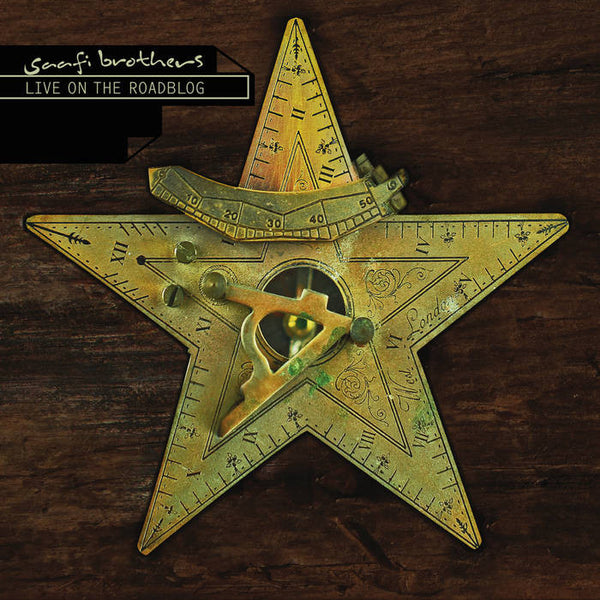
$12.60 - Sold Out
Originally released digitally on Iboga in 2014, Live on the Roadblog is the latest full-length by Saafi Brothers, comprised of longtime dubtech-nician Gabriel Le Mar...


$8.00
Release Date: 11/6/2020Moon and Sea by Sachi Kobayashi is a wistful and romantic accompaniment for window gazing and sleepless nights. Sachi is a Japanese producer based...

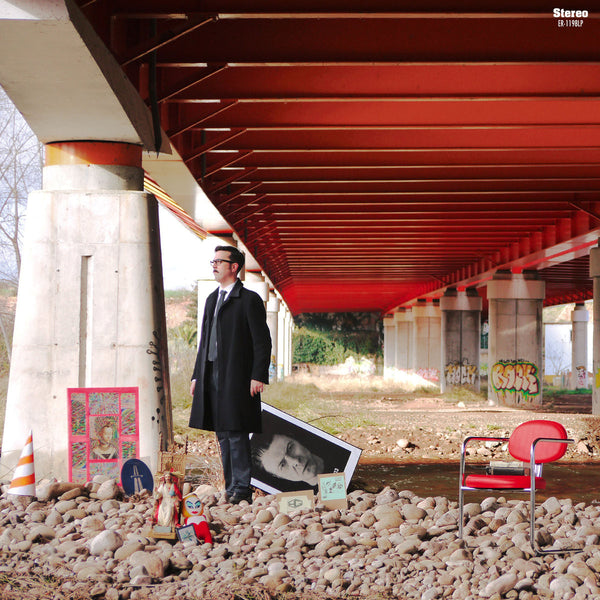
$14.80
White vinyl 10" with download limited to 500.SAGRADO CORAZÓN DE JESÚS is the project of Jesús Fernández, a magical and celestial being. His demos caused...

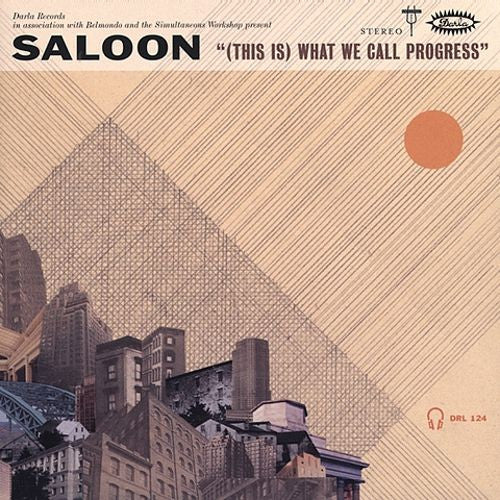
$8.00
1. Plastic Surgery, 2. Bicycle Thieves, 3. Le Weekend, 4. Make it Soft, 5. Static, 6. Girls are the New Boys, 7. 2500 Walden Ave.,...

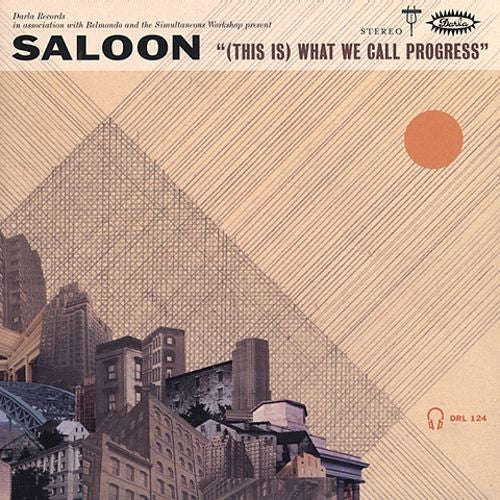
$21.00
If We Meet in the Future 20th Anniversary bundle. The bundle combines all three CDs Saloon released on Darla (US) and Track and Field (UK), 2002-2006.The debut....

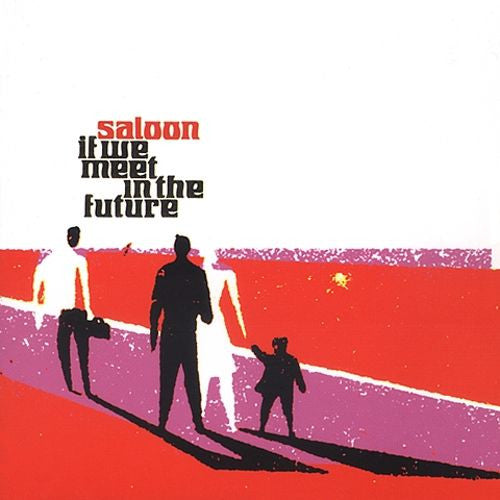
$8.00
1. Vesuvius, 2. Absence, 3. Que Quieres?, 4. Happy Robots, 5. Kaspian, 6. Dreams Mean Nothing, 7. The Good Life, 8. Intimacy, 9. The Sound...

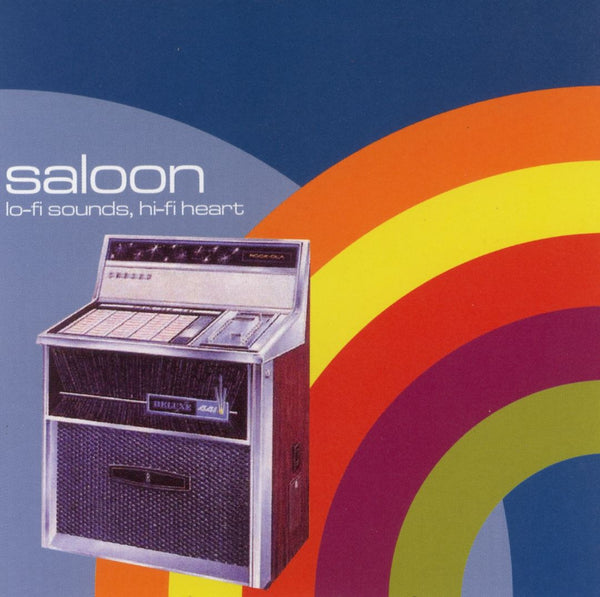
$8.00
1. Futurismo, 2. Shopping, 3. Song For Hugo, 4. Electron, 5. Sueno Escolar, 6. Impact, 7. Snow, 8. Free Fall, 9. Movimiento, 10. Have You...

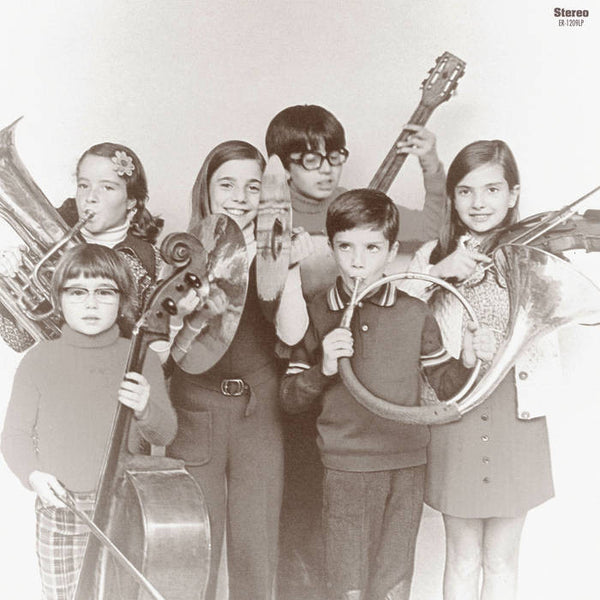
$15.00
White vinyl 10" with download limited to 500. TRACKLIST: 01 Ada Hoy Se Va A Enamorar 02 Todos Los Besos Del Mundo 03 BSO 04...